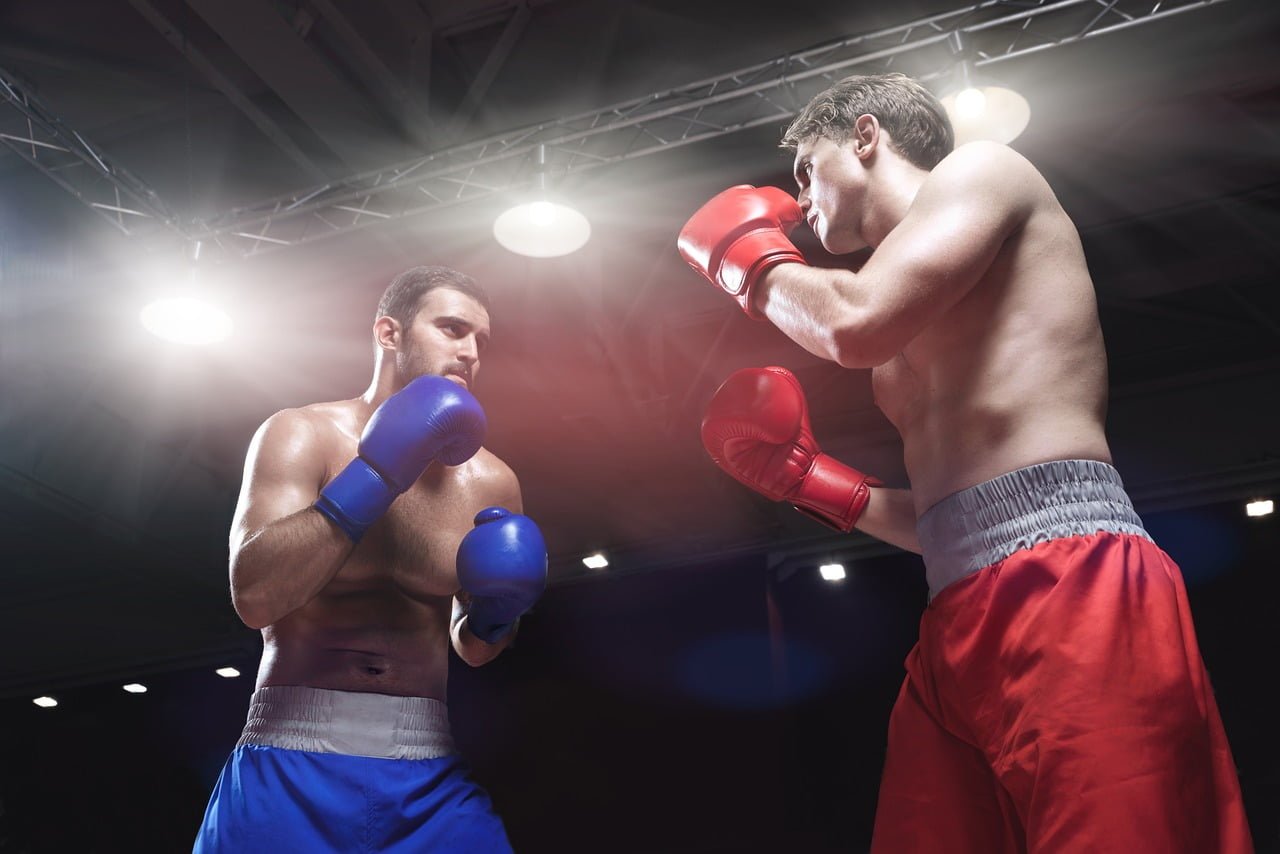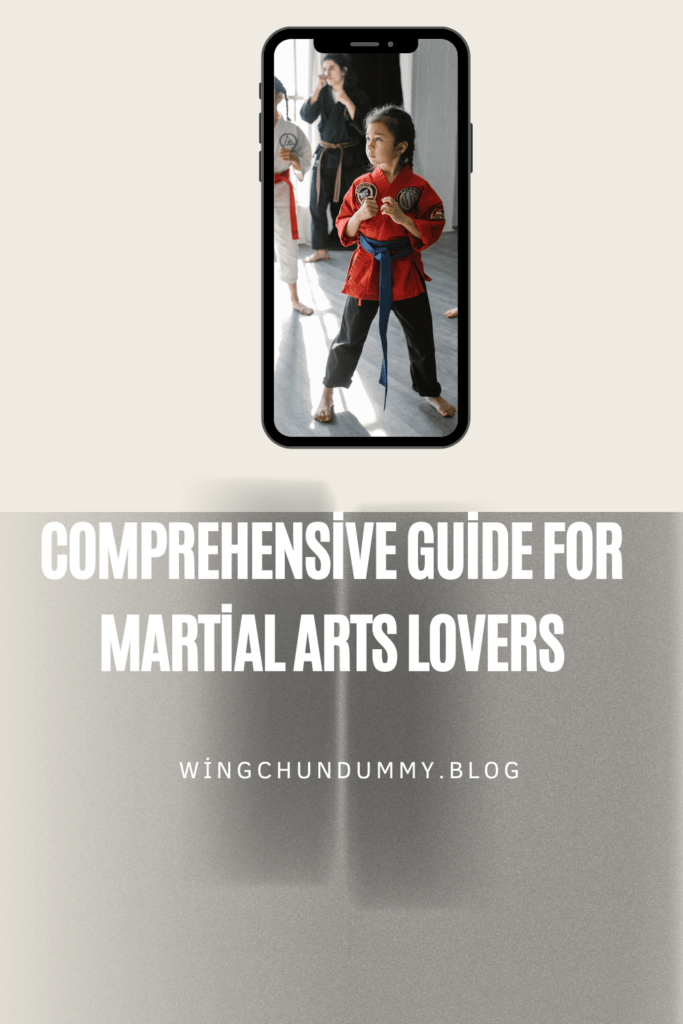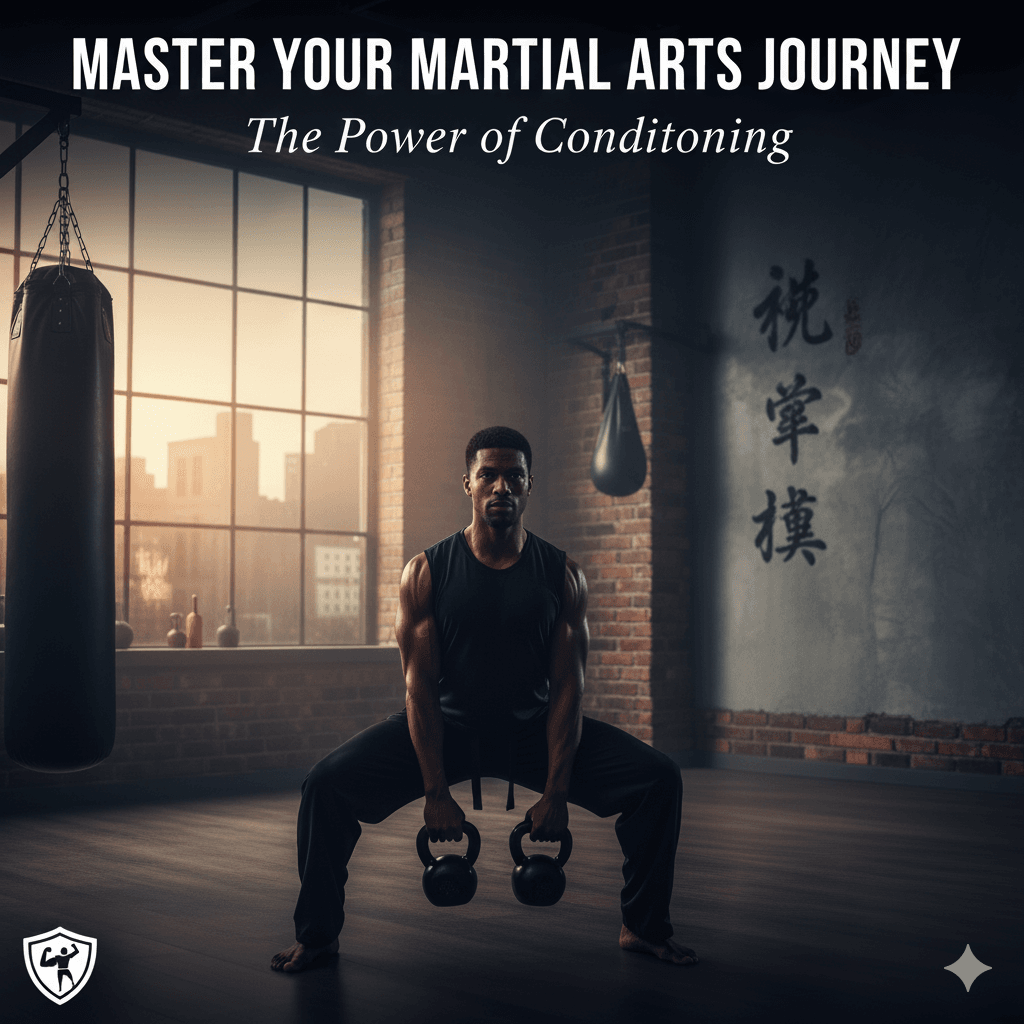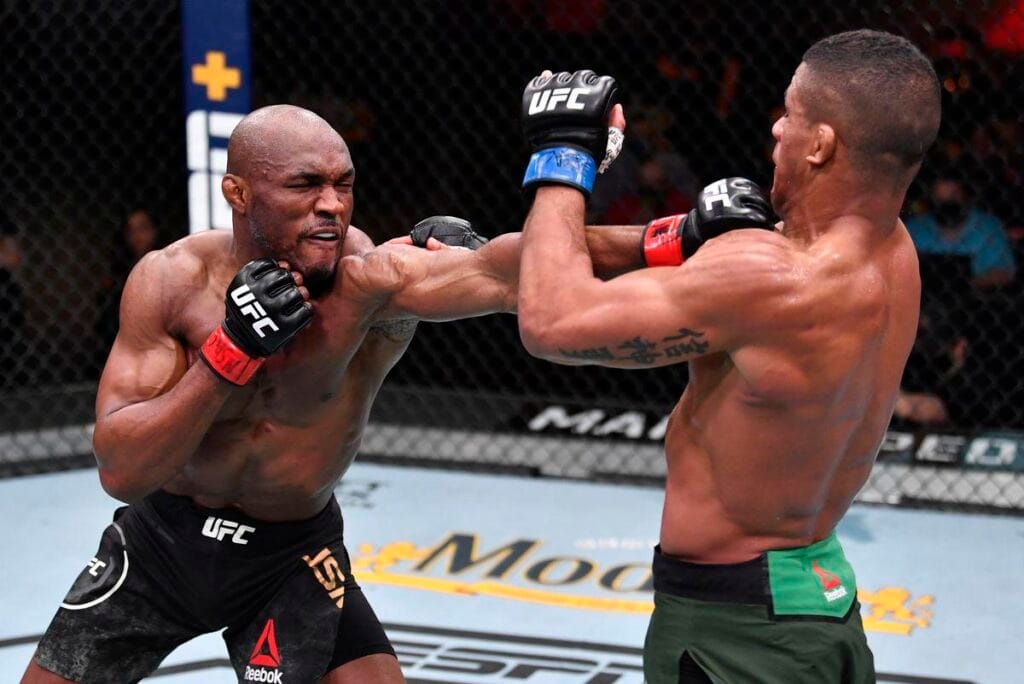Beginners Martial Arts Guide
Martial arts, a broad term encompassing a variety of combat practices, have a rich and diverse history that spans centuries and continents.
Originating in ancient civilizations, these disciplines have evolved from rudimentary self-defense techniques into highly sophisticated systems of physical and mental training.
Each martial art style is deeply rooted in the cultural and philosophical traditions of its country of origin, reflecting the values and societal norms of its practitioners.
The history of martial arts is as varied as the styles themselves. In China, martial arts, known as Kung Fu, date back to the Xia Dynasty (2070-1600 BCE), with techniques inspired by the movements of animals and the principles of Taoism and Buddhism.
Japan’s martial arts, such as Karate and Judo, developed in the samurai era, embodying the Bushido code of honor, respect, and discipline.
Korean martial arts, notably Taekwondo, blend indigenous fighting styles with influences from Chinese and Japanese practices, emphasizing high, fast kicks and dynamic movements.
Each martial art style offers unique techniques and philosophies.
For example, Brazilian Jiu-Jitsu focuses on ground fighting and submission holds, promoting the idea that a smaller, weaker person can successfully defend against a larger opponent through leverage and technique.
Muay Thai, or Thai boxing, is renowned for its powerful strikes using fists, elbows, knees, and shins, coupled with rigorous physical conditioning.
Similarly, Aikido, a Japanese martial art, emphasizes fluid movements and the redirection of an opponent’s energy to neutralize attacks without causing harm.
Beyond combat, martial arts also serve as a means of personal development.
The discipline, focus, and resilience cultivated through martial arts training extend beyond the dojo, fostering mental fortitude and emotional balance.
This holistic approach to martial arts underscores its enduring appeal and relevance in contemporary society.
As martial arts continue to evolve, they remain a testament to human ingenuity, adaptability, and the quest for self-improvement.
Understanding the Martial Arts Fan
To comprehend what it means to be a martial arts fan, one must delve into the unique blend of passion, dedication, and engagement that characterizes these enthusiasts.
A martial arts fan is not merely a spectator but often an active participant in a rich cultural tapestry that spans centuries.
The admiration for martial arts encompasses various forms of engagement, from watching competitions and movies to participating in online communities and fan clubs.
Martial arts fans are driven by a profound respect for the discipline, skill, and philosophy that martial arts represent.
Watching competitions, whether live or broadcasted, offers fans a chance to witness the prowess and dedication of practitioners.
These competitions, ranging from local tournaments to international championships, provide a platform for fans to support their favorite athletes and celebrate the sport’s spirit.
Furthermore, martial arts films have played a significant role in cultivating and expanding the fan base.

Iconic movies featuring legendary figures like Bruce Lee, Jackie Chan, and Jet Li have inspired generations of fans.
These films not only showcase spectacular fight scenes but also imbue viewers with the underlying principles of honor, perseverance, and respect that are integral to martial arts.
In the digital age, online communities and fan clubs have become vital for martial arts fans to connect and share their passion.
Social media platforms, forums, and dedicated websites offer spaces where fans can discuss techniques, share experiences, and stay updated on the latest news in the martial arts world.
These virtual communities foster a sense of camaraderie and belonging, enabling fans to engage with like-minded individuals from across the globe.
Ultimately, being a martial arts fan goes beyond mere admiration; it is about embracing a lifestyle that values discipline, respect, and continuous learning.
Whether through watching competitions, enjoying martial arts films, or engaging in online communities, fans immerse themselves in a culture that celebrates both physical prowess and mental fortitude.
Popular Martial Arts Disciplines
Martial arts encompass a wide range of disciplines, each with its unique characteristics, techniques, and cultural origins.
For beginners, understanding the diversity within martial arts can help in selecting the discipline that best suits their interests and goals.
Below, we explore some of the most prominent martial arts disciplines.
Karate
Originating from Okinawa, Japan, Karate is a martial art that focuses on striking techniques, including punches, kicks, knee strikes, and elbow strikes.
Practitioners, known as karatekas, also learn defensive movements such as blocking and parrying.
Karate emphasizes discipline, form, and mental fortitude, making it a popular choice for those seeking both physical and mental training.
Taekwondo
Taekwondo, developed in Korea, is renowned for its high, fast kicks and dynamic footwork.
This martial art combines self-defense techniques with sport and exercise, promoting flexibility, strength, and agility.
Taekwondo practitioners, or taekwondoin, often compete in tournaments, showcasing their skills in both sparring and poomsae (patterned movements).
Judo
Developed in Japan, Judo focuses on throws and grappling techniques.
Rather than striking, judokas aim to subdue their opponents through joint locks and pins.
Judo’s emphasis on leverage and balance makes it an effective discipline for self-defense and a respected Olympic sport.
The principles of Judo also extend beyond physical techniques, promoting mutual respect and personal growth.
Kung Fu
Kung Fu is a broad term that encompasses various Chinese martial arts styles.
Known for its fluid movements and intricate forms, Kung Fu blends striking, kicking, and weapon techniques.
Styles such as Wing Chun and Shaolin Kung Fu are famous for their unique approaches to combat and philosophy.
Kung Fu emphasizes the harmony between body and mind, often incorporating traditional Chinese medicine and meditation practices.
Brazilian Jiu-Jitsu
Brazilian Jiu-Jitsu (BJJ) is a ground-based martial art that focuses on submission holds, joint locks, and chokeholds.
Developed from Japanese Jujutsu, BJJ prioritizes technique and leverage over brute strength, making it accessible to individuals of all sizes.
Practitioners, known as BJJ practitioners, engage in sparring sessions called “rolling” to practice their techniques in a controlled environment.
BJJ is highly regarded for its effectiveness in self-defense and mixed martial arts (MMA).
Each of these martial arts disciplines offers unique benefits and challenges, providing a rich array of options for beginners.
Whether one seeks physical fitness, self-defense skills, or a deeper understanding of martial arts philosophy, there is a discipline suited to every individual.
The Benefits of Practicing Martial Arts
The practice of martial arts offers a multitude of benefits that extend beyond mere physical prowess.
For many, it serves as an effective means of achieving holistic well-being.
Engaging in martial arts training helps improve physical fitness through rigorous routines that enhance strength, flexibility, and cardiovascular health.
These physical benefits are complemented by the acquisition of invaluable self-defense skills, which provide a sense of security and confidence in various situations.
One of the often-overlooked advantages of martial arts is its impact on mental discipline.
Practitioners frequently report heightened levels of concentration, patience, and resilience.
The structured environment of martial arts training promotes mindfulness and self-regulation, which can significantly reduce stress and anxiety.
This mental fortitude is not only beneficial during training.
but also translates into improved performance in daily life and other areas of personal development.
Testimonials from martial arts practitioners further illustrate these benefits. Jane, a 34-year-old practitioner of Taekwondo, shares, “Martial arts has transformed my life.
Not only have I become physically stronger and more agile.
but I’ve also developed a mental toughness that helps me navigate daily challenges with ease.”
Similarly, John, a 28-year-old Brazilian Jiu-Jitsu enthusiast, notes,
“The discipline and focus I’ve gained from martial arts have been invaluable.
It’s not just about fighting.
it’s about building character and inner strength.”
Beyond the individual advantages, martial arts fosters a sense of community and camaraderie.
Training environments often serve as supportive networks where individuals can connect, share experiences, and grow together.
This social aspect is crucial for fostering a sense of belonging and mutual respect among practitioners.
Whether you are a beginner or a seasoned martial artist.
the sense of unity and shared purpose within the martial arts community can be a powerful motivator and source of inspiration.
How to Get Started with Martial Arts
Embarking on a martial arts journey can be both exciting and daunting, especially for beginners.
The first step in getting started is choosing the right discipline.
Martial arts encompass a diverse range of styles, including Karate, Taekwondo, Judo, Brazilian Jiu-Jitsu, and Muay Thai, among others.
Each discipline has its own unique techniques, philosophies, and benefits.
It is essential to research and understand what each style offers to find the one that aligns with your personal goals.
whether it be self-defense, fitness, or mental discipline.
Once you have chosen a discipline.
the next step is to find a reputable dojo or gym.
Look for schools with certified instructors who have extensive experience.
and a strong lineage in their respective martial arts.
Visiting potential dojos can provide insight into the training environment and the instructor’s teaching style.
Additionally, reading reviews and seeking recommendations from current practitioners can help ensure you select a credible and supportive training facility.
Understanding what to expect in a beginner class can ease initial nervousness.
Beginner classes typically focus on fundamental techniques, basic stances, and introductory forms or drills.
These classes are designed to accommodate individuals with little to no prior experience.
emphasizing safety and gradual skill development.
It is important to communicate with your instructor about any injuries or concerns you may have before starting.
Equipping yourself with the necessary gear is also crucial.

Basic gear may include a uniform (such as a gi for Karate or Judo).
protective gear (like gloves and shin guards for Muay Thai).
and a belt or sash. Some schools may provide gear for beginners, .
but it is often advisable to invest in your own equipment for hygiene and comfort.
Your instructor can provide guidance on what specific gear is needed for your chosen discipline.
Finally, preparing mentally and physically for training is vital.
Martial arts require dedication, patience, and resilience.
Mentally, it is important to maintain a positive attitude and open mind.
embracing the learning process and constructive feedback.
Physically, engaging in regular cardiovascular and strength training can enhance your fitness level and reduce the risk of injury.
Proper nutrition and hydration further support your overall well-being and performance during training sessions.
Martial Arts in Popular Culture
Martial arts have long been a staple in popular culture, significantly impacting the way they are perceived and practiced globally.
The portrayal of martial arts in movies, television, and other media forms has not only popularized these disciplines but also shaped public perception and interest.
Iconic martial arts films, such as those starring Bruce Lee and Jackie Chan, have played a pivotal role in this phenomenon.
Bruce Lee’s films, with their groundbreaking choreography and philosophical undertones.
introduced audiences to the depth and complexity of martial arts beyond mere physical combat.
Jackie Chan, on the other hand, brought a unique blend of martial arts and slapstick comedy.
making the genre accessible and enjoyable to a broader audience.
Television series have also contributed to the popularity of martial arts.
Shows like “Kung Fu,” starring David Carradine.
and more recent series like “Into the Badlands,” have captivated audiences with their intricate fight scenes and storytelling.
These portrayals often emphasize the discipline, honor, and spiritual aspects of martial arts, providing viewers with a nuanced understanding of the practice.
Moreover, the popularity of martial arts-themed video games.
such as “Mortal Kombat” and “Tekken,” has further cemented martial arts in the realm of entertainment.
These games offer players an interactive experience.
allowing them to engage with martial arts in a virtual setting, which can spark interest in real-world practice.
The influence of these media portrayals extends beyond entertainment.
They have inspired many to take up martial arts. 😁
driven by the desire to emulate their on-screen heroes.
This increased interest has led to a proliferation of martial arts schools and dojos worldwide.
Additionally, the representation of martial arts in popular culture has helped to dispel stereotypes and promote a more diverse and inclusive view of these practices.
As a result, martial arts have become more accessible and appealing to people of all ages and backgrounds.
fostering a global community of practitioners and enthusiasts.
The Role of Martial Arts Competitions
Martial arts competitions serve as a critical platform for practitioners to test their skills, discipline, and dedication in a controlled and regulated environment.
These competitions range from traditional tournaments to globally recognized events like the Olympics and Mixed Martial Arts (MMA) championships.
Each type of competition has its own set of rules, governing bodies, and levels of prestige, making them unique and challenging in their own right.
In traditional martial arts tournaments.
participants often compete in various categories such as forms (katas), sparring, and breaking techniques.
These events are highly structured, with precise scoring systems and strict adherence to traditional martial arts principles.
Examples of such tournaments include the World Karate Championships and the International Taekwondo Federation (ITF) Championships.
These events emphasize precision, technique.
and the martial artist’s adherence to the art’s philosophy.
The inclusion of martial arts in the Olympics has brought global recognition to sports like judo and taekwondo.
Olympic competitions are governed by international federations.
such as the International Judo Federation (IJF) and the World Taekwondo Federation (WTF).
ensuring standardized rules and fair play.
Competing at the Olympic level requires years of rigorous training, exceptional skill, and mental fortitude, showcasing the very best in martial arts talent.
Mixed Martial Arts (MMA) has gained immense popularity over the past few decades.
merging various martial arts disciplines into a single, dynamic sport.
Governed by organizations like the Ultimate Fighting Championship (UFC) and Bellator MMA.
these competitions feature bouts where fighters employ techniques from boxing, Brazilian Jiu-Jitsu, wrestling, and more.
The rules in MMA are designed to ensure fighter safety while allowing a wide range of techniques.
making it one of the most versatile and demanding forms of martial arts competition.
Notable competitions and champions within the martial arts world have left an indelible mark on the sport.
Icons like Bruce Lee, Chuck Norris, and contemporary champions such as Conor McGregor and Ronda Rousey have not only excelled in their respective fields but have also inspired countless individuals to take up martial arts.
Their achievements underscore the importance of competitions in pushing the boundaries of what martial artists can achieve.
Resources and Community for Martial Arts Fans
For martial arts fans, accessing the right resources and engaging with a supportive community can significantly enhance their experience and knowledge.
Numerous websites offer extensive information on various martial arts disciplines, training techniques, and historical contexts.
Websites such as Black Belt Magazine and Martial Arts World provide a plethora of articles, interviews, and instructional videos.
that cater to both beginners and seasoned practitioners.
Books are another valuable resource for martial arts enthusiasts.
Classic texts like “The Art of War” by Sun Tzu and “The Book of Five Rings” by Miyamoto Musashi offer timeless strategic insights.
Modern publications, such as “The Fighter’s Mind” by Sam Sheridan.
and “A Fighter’s Heart” by the same author, delve into the psychological and physical aspects of martial arts training.
These books not only educate but also inspire readers by sharing the journeys of legendary martial artists.
Online forums and social media groups are indispensable for martial arts fans seeking community interaction.
Platforms like Reddit’s r/martialarts and dedicated Facebook groups provide spaces where individuals can
ask questions,
share experiences,
and discuss the latest trends and techniques.
Engaging with these communities allows fans to receive advice from more experienced practitioners and to stay motivated through shared stories and achievements.
Staying updated on martial arts news and events is crucial for fans who wish to keep abreast of the latest developments.
Websites like Sherdog and MMA Junkie offer up-to-date news on competitions, fighter interviews, and event schedules.
So, Subscribing to newsletters from these sites ensures that fans receive timely updates directly in their inboxes.
Also, Incorporating these resources into your martial arts journey can provide a well-rounded understanding and appreciation of the discipline.
By connecting with a community of like-minded individuals, martial arts fans can share their passion.
Finally, support each other’s growth, and stay informed about the ever-evolving world of martial arts.



